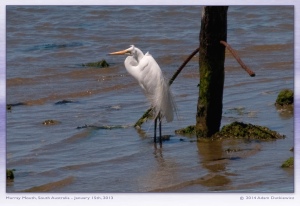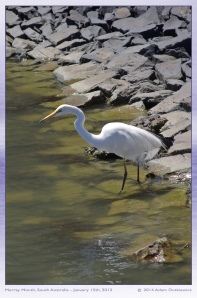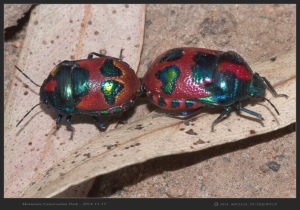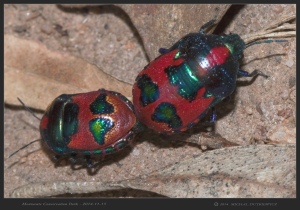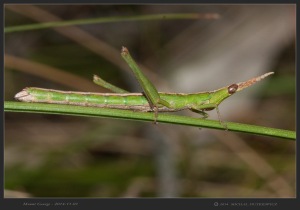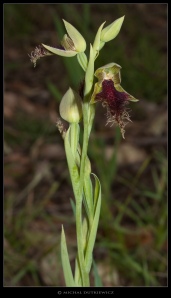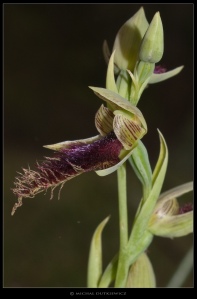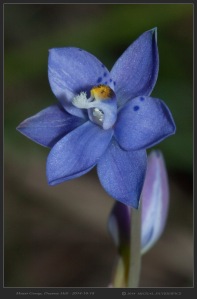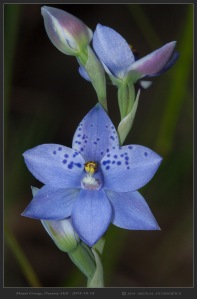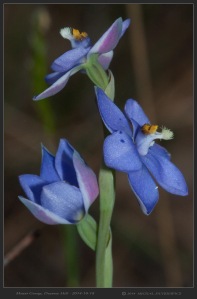Ardea alba ssp modesta (?) aka Ardea modesta, Ardea alba, Eastern Great Egret, White Heron
Kingdom: Animalia
Phylum: Chordata
Class: Aves
Order: Pelecaniformes
Family: Ardeidae
Murray Mouth, South Australia – January 15th, 2013 – sunny conditions
The Great Egret can be seen worldwide on most continents – It is a large, white Heron, and some debate exists as to whether it is perhaps actually several separate species in different areas – The beautiful, white bird is very graceful in flight – My brother Adam took these photos and he has always been fascinated by them since his first interest in bird subjects in Japanese and Chinese watercolour painting as a youth. He says “They are almost as large as humans when you get close, the wingspan must be about 8 feet, around 2.2metres (at least that was my impression when one flew up out a creek bed as I approached the creek one day in the Grampians with Graeme Hastwell)” – A useful identification feature is the commissural line, a crease that runs from where the upper and lower beaks meet and extends backwards under the eye and continues a small distance behind the eye – Wikipedia says the bird can be seen “wading or standing still in shallow water and spearing prey with its bill”.
The smaller bird in the fourth picture is possibly Egretta garzetta aka Little Egret.


